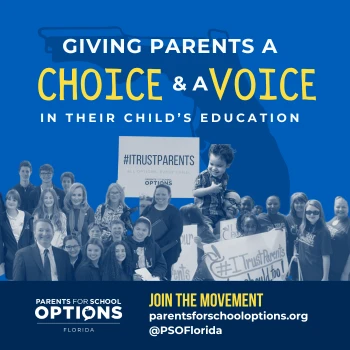The Food and Drug Administration (FDA) has a sprawling mandate — which often leads to sprawling red tape. The agency notes that “FDA-regulated products account for about 20 cents of every dollar spent by U.S. consumers.” Given this hefty regulatory footprint, patients and taxpayers are elated when the FDA decides to embrace a lighter regulatory touch and introduce flexibility in product approvals. But, by the same measure, it’s incredibly frustrating when the FDA decides to slow-walk approvals and go down counterproductive rabbit holes. The FDA is seemingly stuck in a Jekyll and Hyde mode, and consumers are paying the price via higher costs and innovation deferred. It’s long past time for regulators to cut through the red tape and allow patients increased choice without breaking the bank.
April 18 was a great day for long-suffering patients of rare diseases and their families. Newly minted FDA Commissioner Marty Makary announced that the agency was mulling a new approval pathway for treatments for rare diseases based on a therapy’s “plausible mechanism” rather than costly and time-consuming randomized, controlled clinical trials. This pathway is pivotal because sponsors of rare disease therapies often have trouble finding enough volunteers for clinical trials. In fact, around 80 percent of clinical trials (including for common conditions) are shuttered or delayed because of recruitment issues. Even if the “plausible mechanism” approach results in some ineffective treatments reaching the market, patients finally have some hope that cures for their conditions are just over the horizon.
But it’s one step forward and two steps back at the FDA. Just ten days after Makary’s announcement, NBC News reported the FDA is “requiring drugmaker Novavax to run another clinical trial as part of the approval process for its Covid vaccine, which has been available under emergency use authorization since 2022.” That approval was based on a 30,000-person randomized clinical trial conducted in 2021, which showed positive results in reducing severe disease among patients. Makary justified the decision by bashing pharmaceutical companies: “Under this administration, we are prioritizing the Gold Standard of Science–not what saves pharma companies ‘tens of millions of dollars.’”The truth is that viruses — whether COVID or more-familiar respiratory ailments — still kill tens of thousands of Americans per year, and strangling already-greenlit vaccines with red tape will increase preventable suffering.
Vaccine approvals are far from the only problem plaguing the FDA, which falls under the purview of the Department of Health and Human Services (HHS). HHS Secretary Robert F. Kennedy Jr. (RFK Jr.) is on a mission to wrap red tape around every last inch of America’s food and drug supply. Few policy priorities seem as high on Secretary Kennedy’s list as getting dyes out of food products. The health secretary reportedly told food executives he wants these ingredients out “before he leaves office” and has “made clear his intention to take action unless the industry is willing to be proactive with solutions.” The threat to “take action” is a chilling statement from any bureaucrat. While some consumer watchdogs have raised alarm on the link between dyes and behavioral disorders such as attention-deficit/hyperactivity disorder, the best studies and meta-analyses to date have not found any reliable link. Even in animal studies in which animals are given food color additives in doses far greater than what humans consume, results have been “small, inconsistent, and not dose-dependent in nature.”
While anything — including water — can be dangerous at a high-enough dose, the finding that sometimes animals are harmed at extremely-high dye doses is a terrible argument for prohibition.
RFK Jr. has also used his influence to push for new restrictions on SNAP benefits (food stamps, which are actually administered outside of HHS in the Department of Agriculture). Banning the use of SNAP to buy unhealthy foods may seem like a good idea — until one realizes the government has a terrible track-record in dictating healthy diets. “Starting in the 1980s the federal government urged people to shun fats and cholesterol and load up on carbs,” A. Barton Hinkle wrote in Reason in 2016. “A 1990s food pyramid from the USDA placed bread, rice, and pasta at the base, suggesting a person eat six to 11 servings a day— but only two or three servings of meat or eggs and even less of fats.”
It’s not surprising that this proliferation of carb recommendations coincided with an explosion of obesity.
Overregulation and mission creep is a recipe for disaster at the FDA and HHS. Bureaucrats such as RFK Jr. and Commissioner Makary must abandon their Jekyll and Hyde approach to governance and commit to pro-innovation regulatory reform. Patients deserve a break from endless red tape.
Ross Marchand is a senior fellow for the Taxpayers Protection Alliance.













